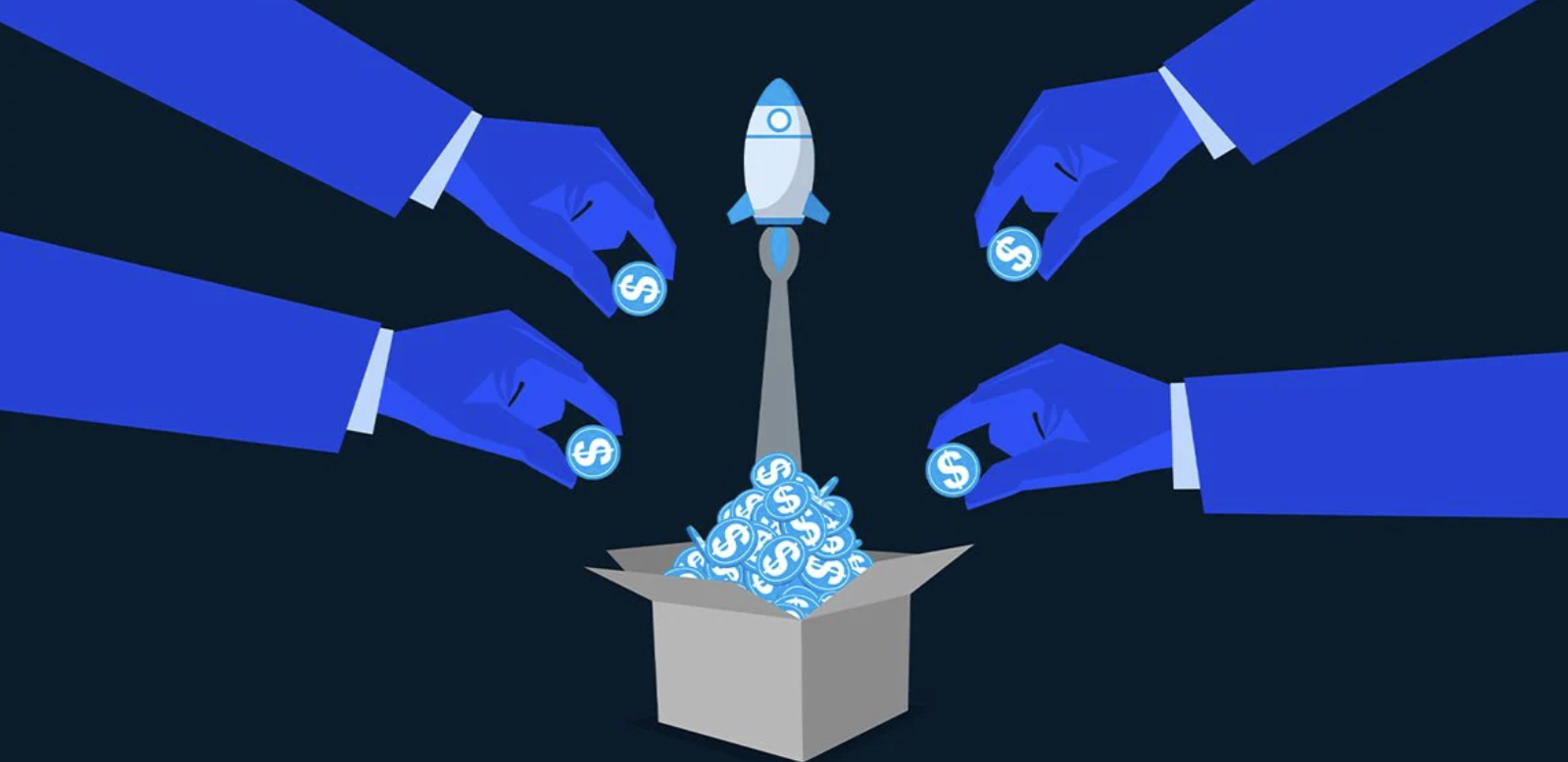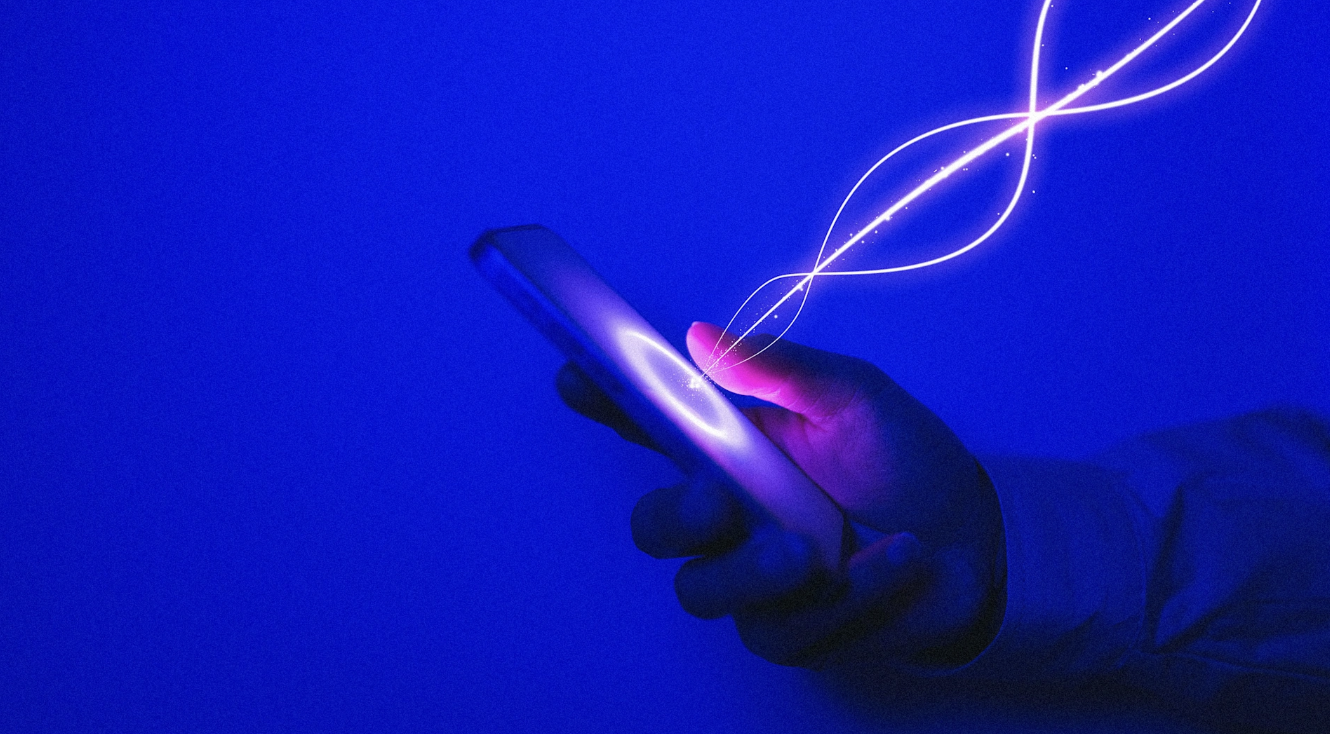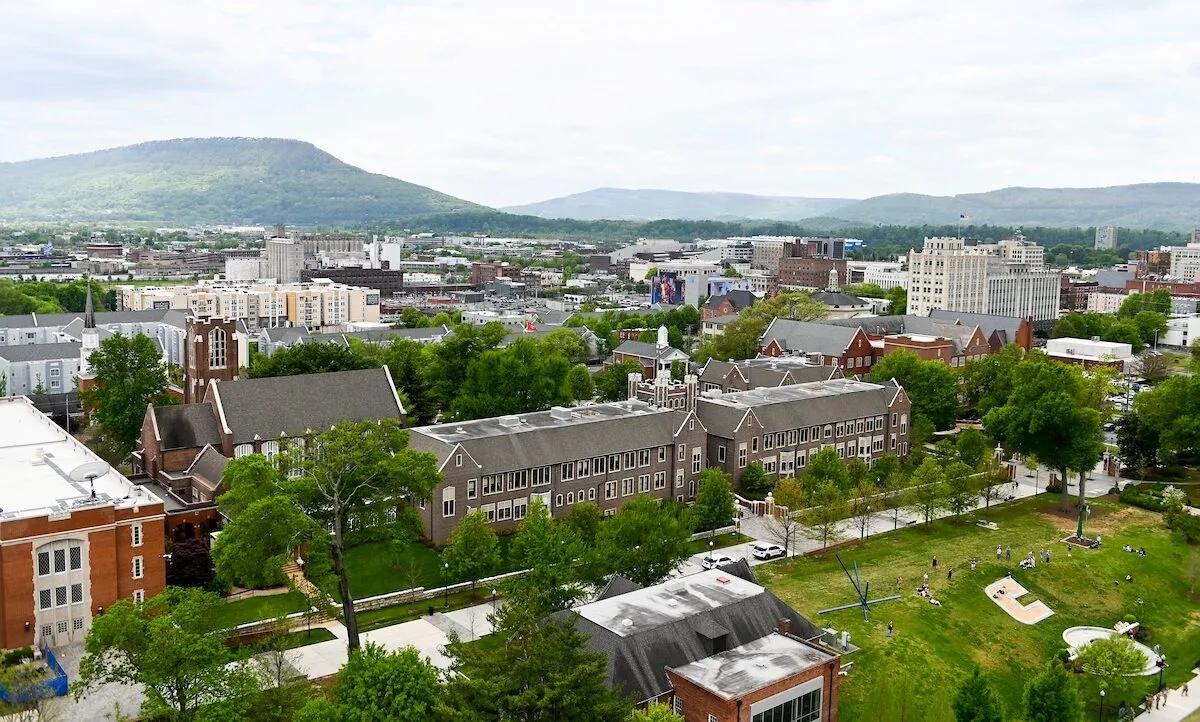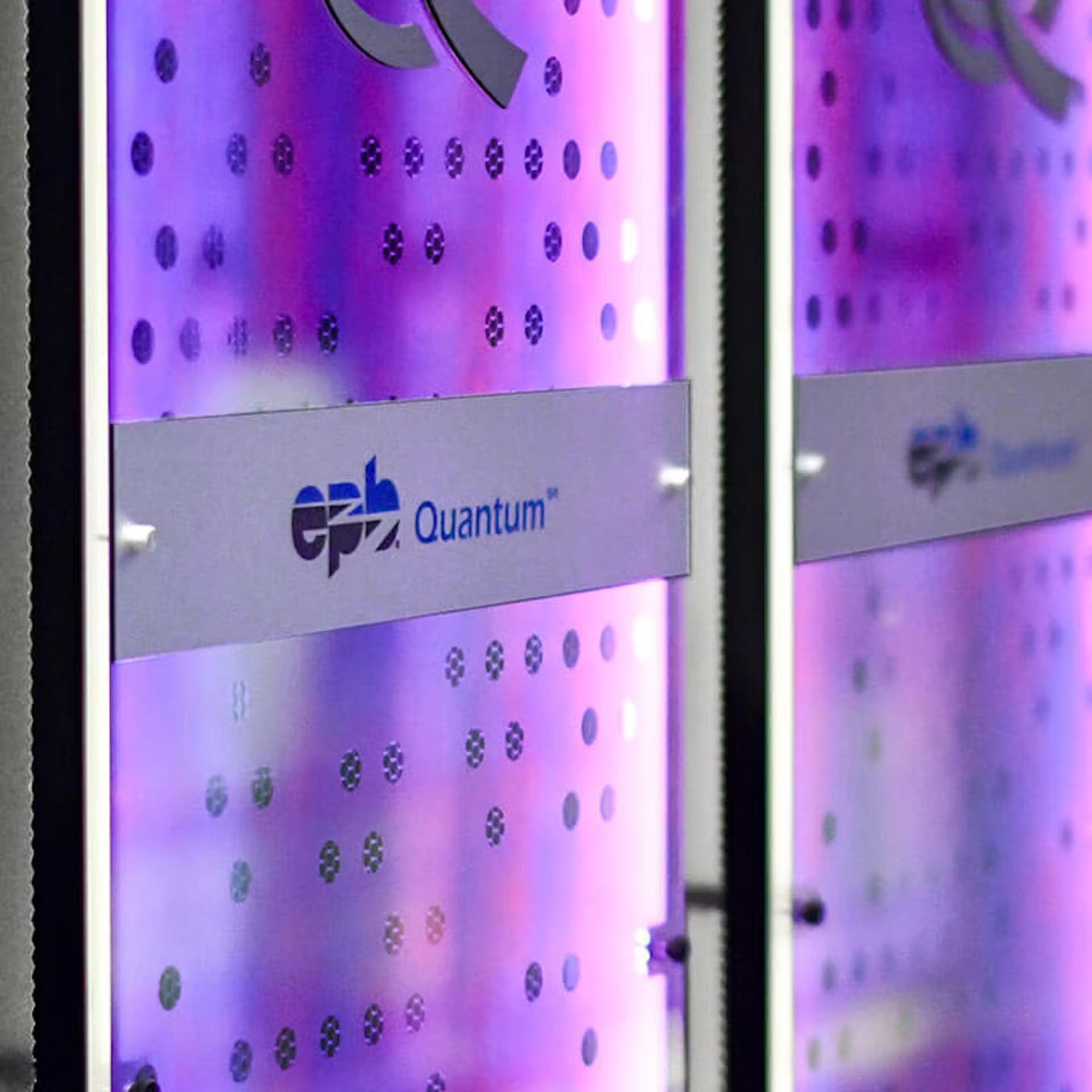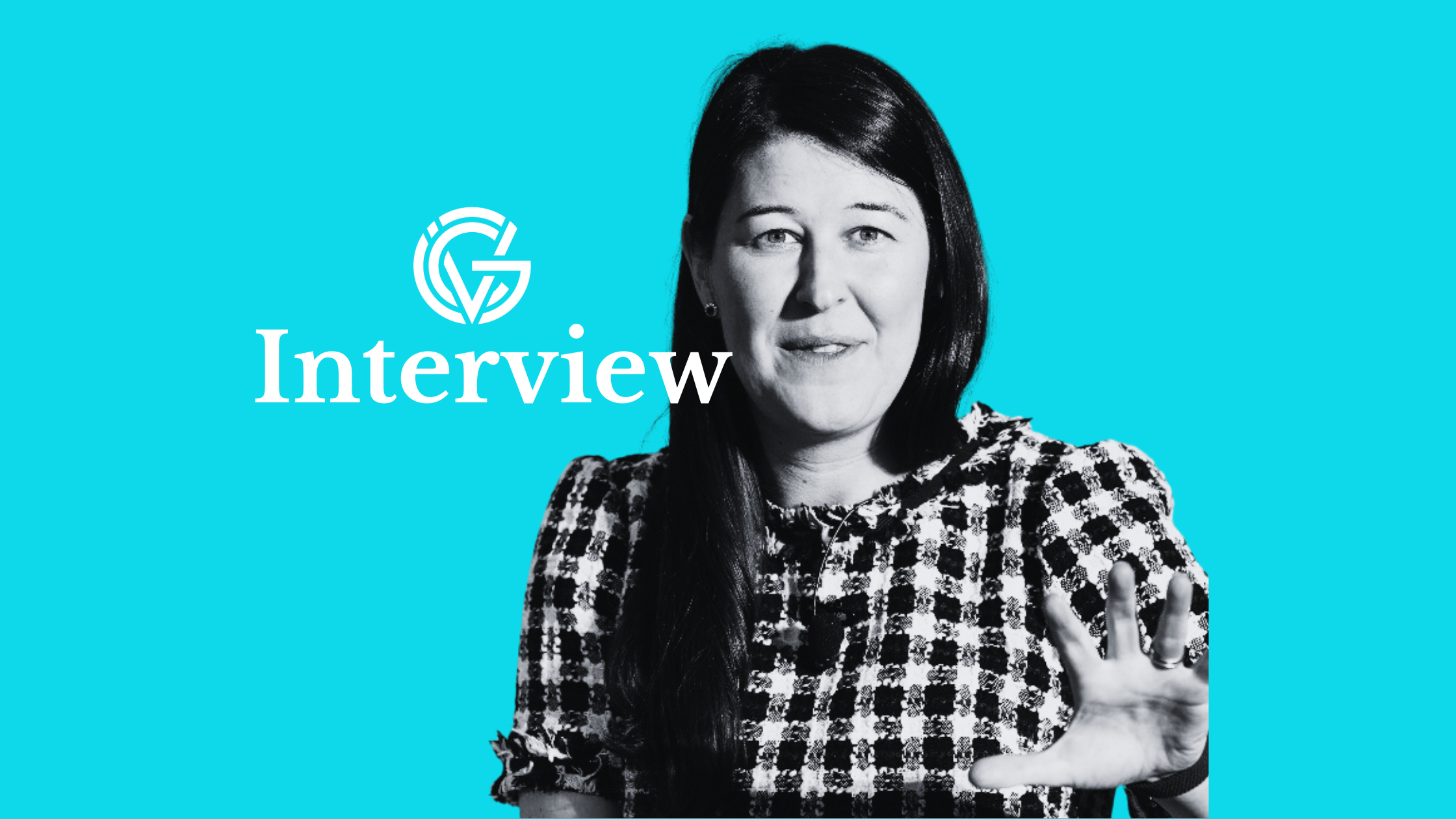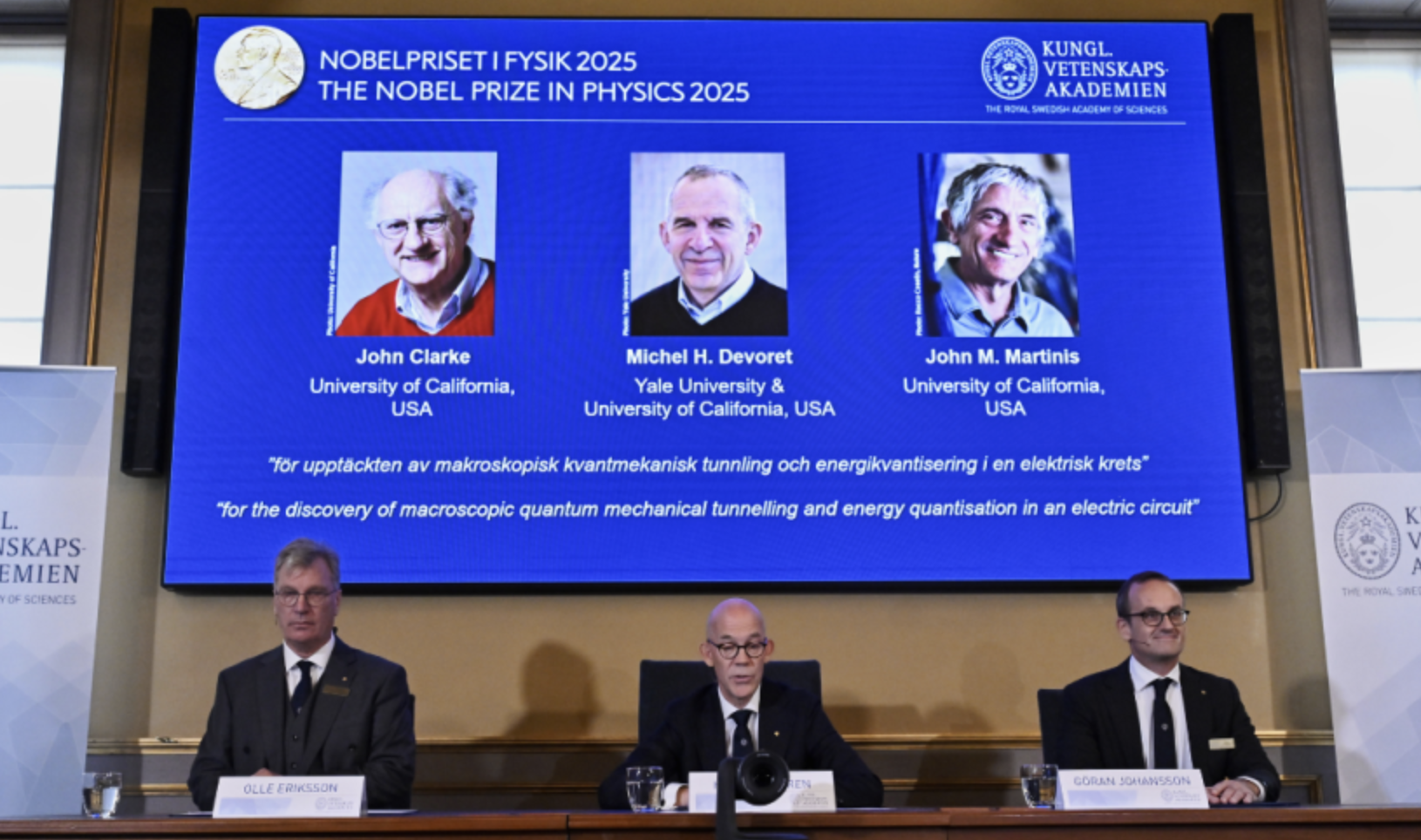
STOCKHOLM (AP) — Three scientists won the Nobel Prize in physics Tuesday for research on the strange behavior of subatomic particles called quantum tunneling that enabled the ultra-sensitive measurements achieved by MRI machines and laid the groundwork for better cellphones and faster computers.
The work by John Clarke, Michel H. Devoret and John M. Martinis, who work at American universities, took the seeming contradictions of the subatomic world — where light can be both a wave and a particle and parts of atoms can tunnel through seemingly impenetrable barriers — and applied them in the more traditional physics of digital devices. The results of their findings are just starting to appear in advanced technology and could pave the way for the development of supercharged computing.
The prizewinning research in the mid-1980s took the subatomic “weirdness of quantum mechanics” and found how those tiny interactions can have real-world applications, said Jonathan Bagger, CEO of the American Physical Society. The experiments were a crucial building block in the fast-developing world of quantum mechanics.
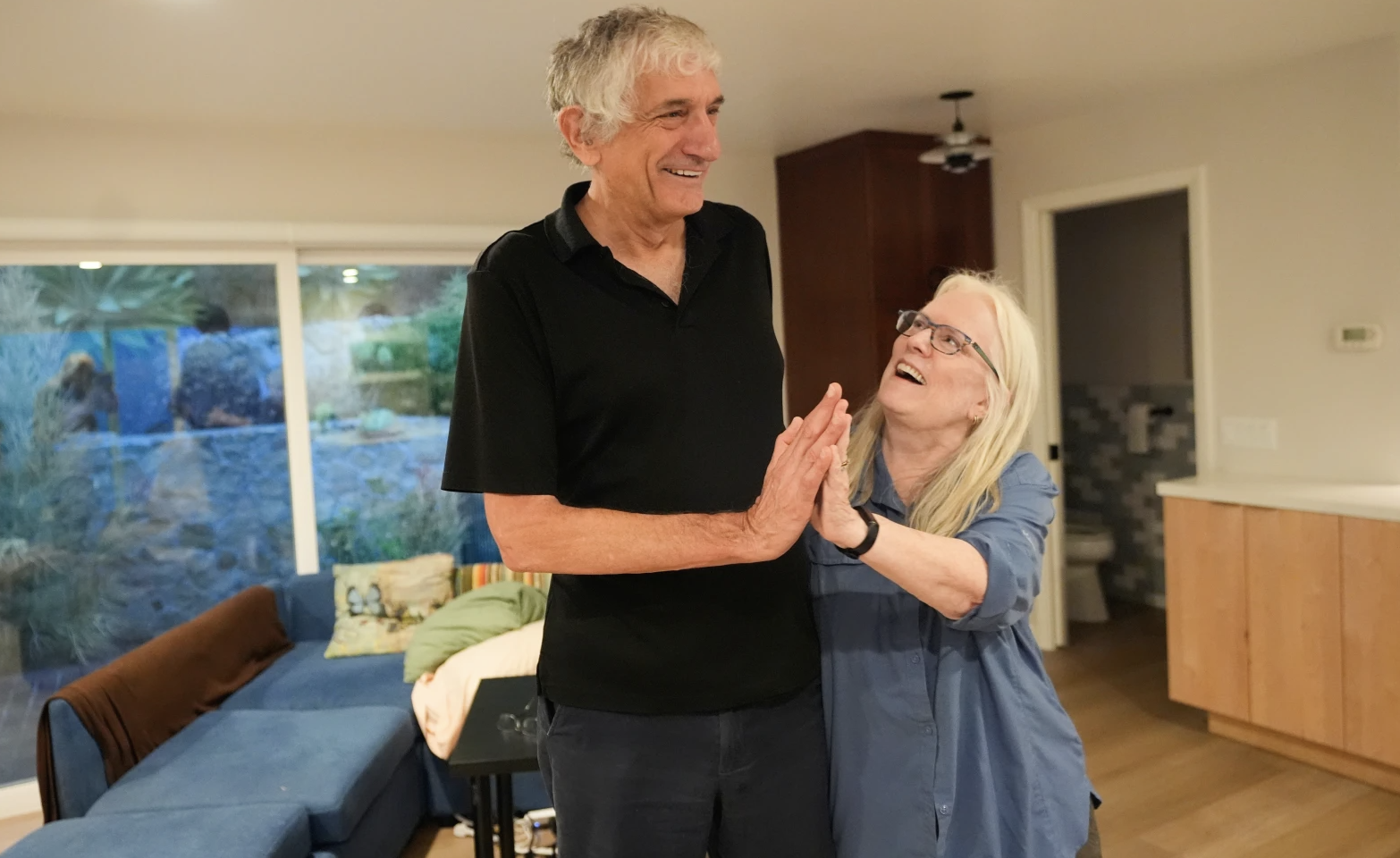
Speaking from his cellphone, Clarke, who spearheaded the research team, said: “One of the underlying reasons that cellphones work is because of all this work.”
When quantum mechanics first came to light in 1926, a prominent physicist sought to illustrate its many paradoxes with the example of a cat in a box that was both alive and dead at the same time. The three Nobel winners showed that science can put such principles to work, said Physics Today Editor-in-Chief Richard Fitzgerald, who was in a competing research group in the 1990s.
“They didn’t take it that far, but they showed that it can be done,” Fitzgerald said.
The winning physicists took “the scale of something that we can’t see, we can’t touch, we can’t feel” and brought it “up to the scale of something recognizable” and made it “something you can build upon,” Fitzgerald said.
Clarke, 83, conducted his research at the University of California, Berkeley. Martinis, 67, worked at the University of California, Santa Barbara. Devoret, 72, is at Yale and also at the University of California, Santa Barbara.
How the winners reacted
Martinis’ wife, Jean, told Associated Press reporters who called at his home hours after the announcement that he was still asleep and did not yet know. In the past, she said, they stayed up on the night of the physics award, but at some point they decided that sleep was more important.
When his wife woke him and told him about the journalists seeking an interview, the new Nobel laureate remembered that the prizes were being announced this week. He opened his computer, looked at the announcement and saw his picture along with the other winners.
“So I was kind of in shock,” he said.
Clarke said it never occurred to him that he would win a Nobel Prize.
“I practically collapsed,” Clarke told AP. “I was completely stunned. I mean, it’s something that I had never, ever dreamed of in my entire life.”
Why the work matters
Martinis — who was a senior Google scientist working toward quantum computing before co-founding his own company, Qolab — said the big future goal is quantum computing, which would be a giant leap in speed and sophistication by relying on the power of the contradictory states in that subatomic world.
That is still eight to 10 years away. But he said the team’s experiments showed “a computer could be much, much more powerful.”
Devoret is now chief scientist for Google’s quantum computing efforts.
Quantum computers are “one very sort of obvious use,” but the research could also help develop sensors that detect and measure faint phenomena, such as magnetic fields, and advance cryptography to encode information, said Mark Pearce, a professor of astrophysics and Nobel physics committee member.
And through better understanding of precision chemistry, it could develop better materials for daily living and even give an added boost to artificial intelligence, Martinis said.
Before the work at Berkeley, scientists knew single electrons or pairs of tiny electrons could tunnel through an impenetrable barrier. What Clarke said his team learned was “if you design the circuity properly, you could actually have tunneling” of objects larger and more useful than just a couple of electrons.
That discovery “can be used to make very sophisticated things that would not otherwise be able to work out,” Clarke said at a news conference, mentioning his iPhone and quantum computers.









